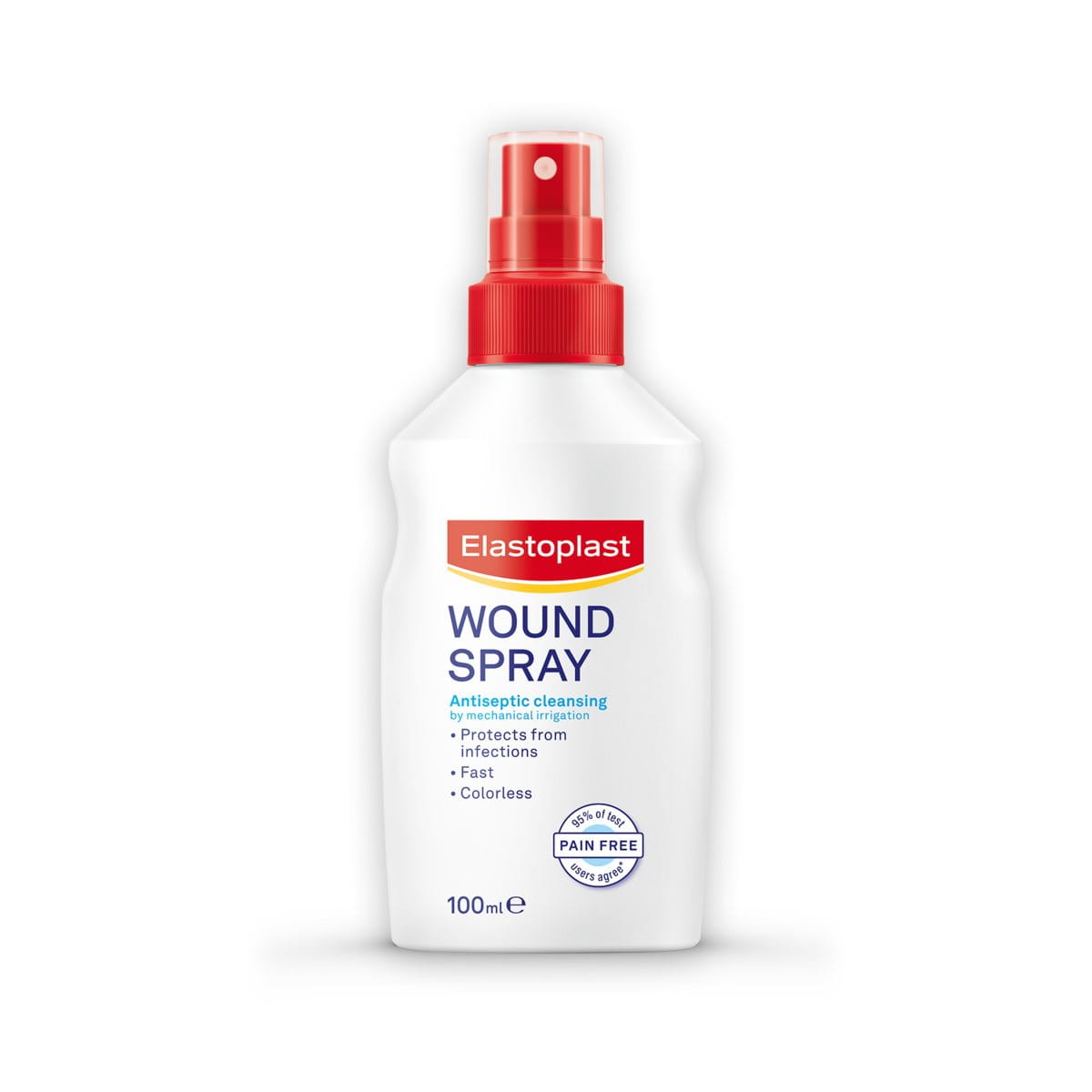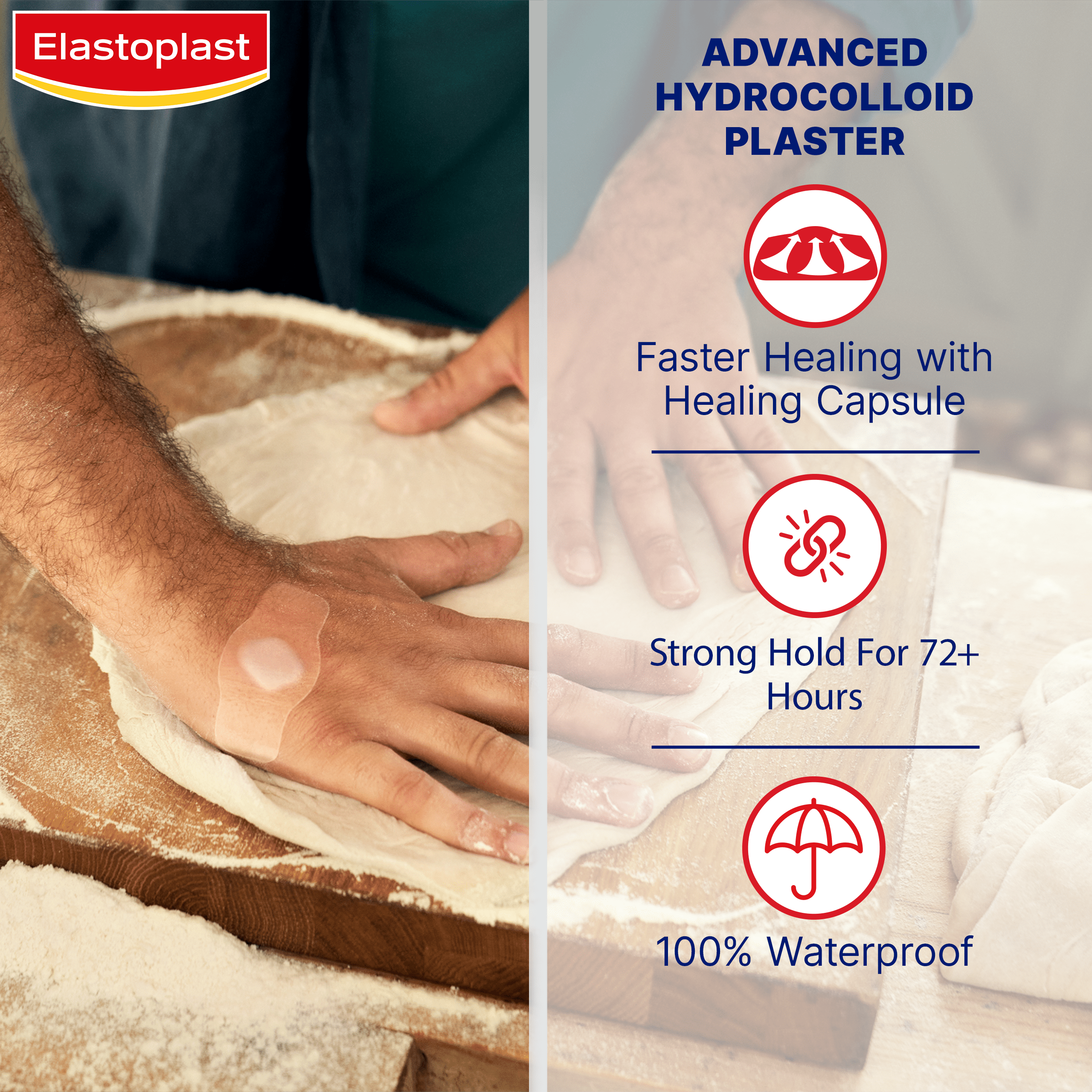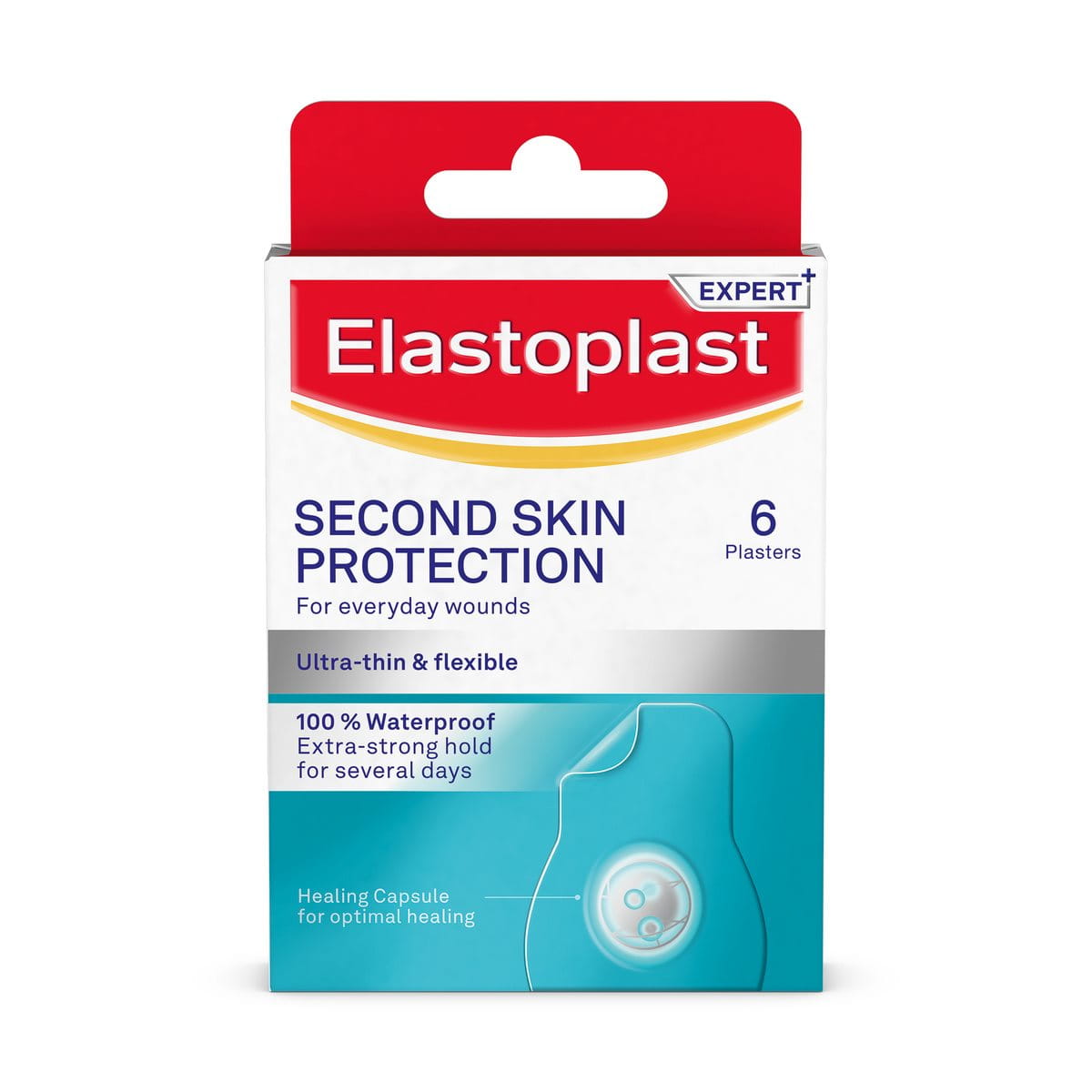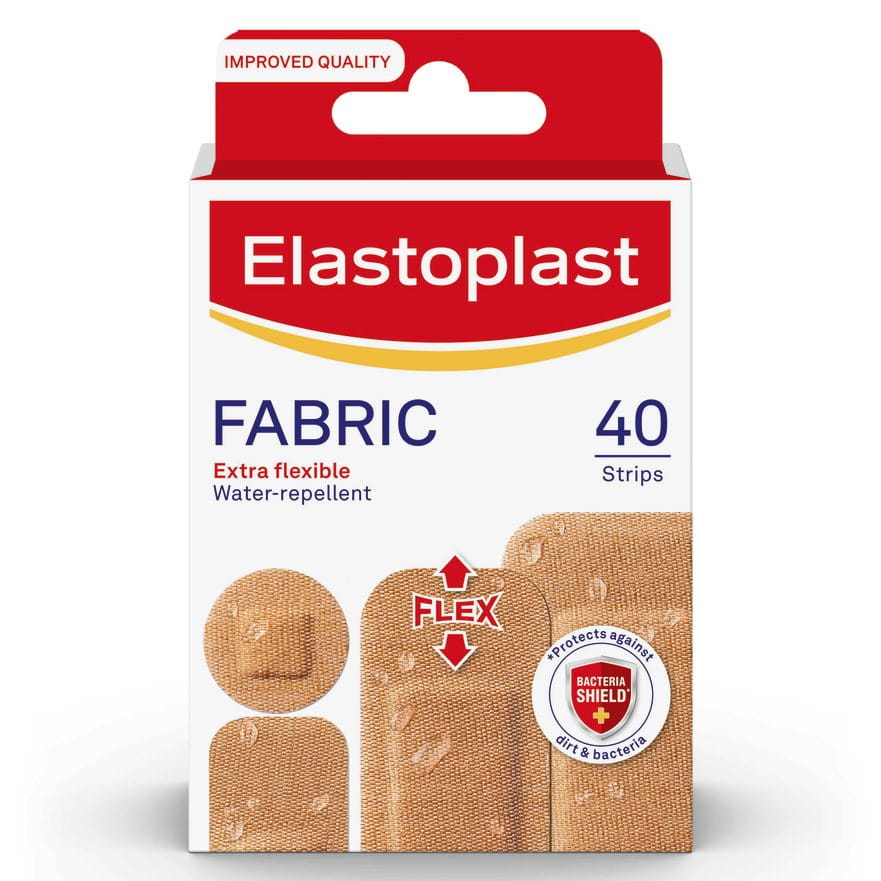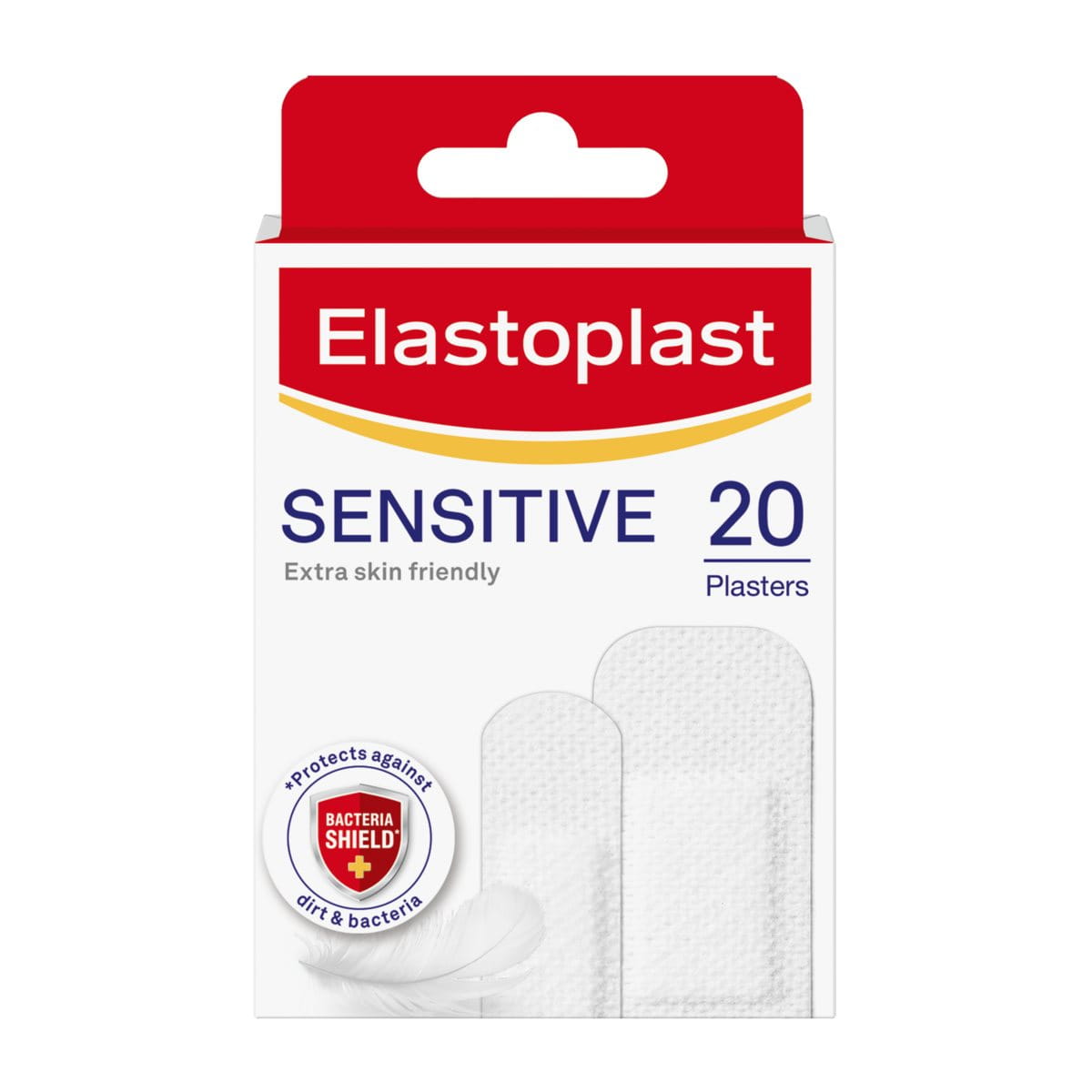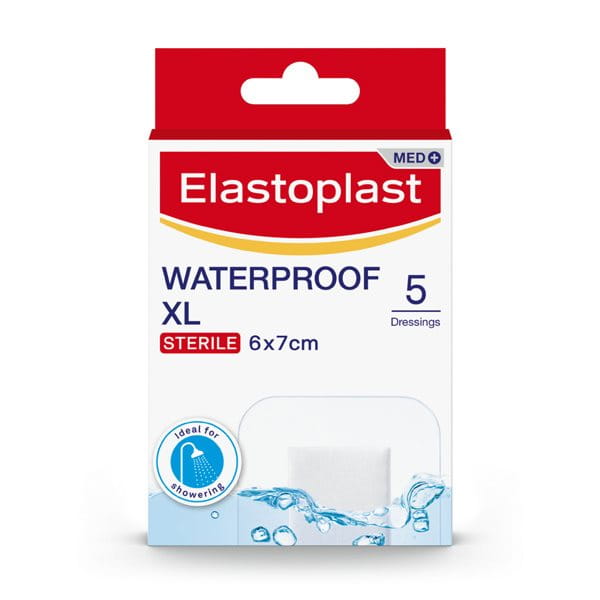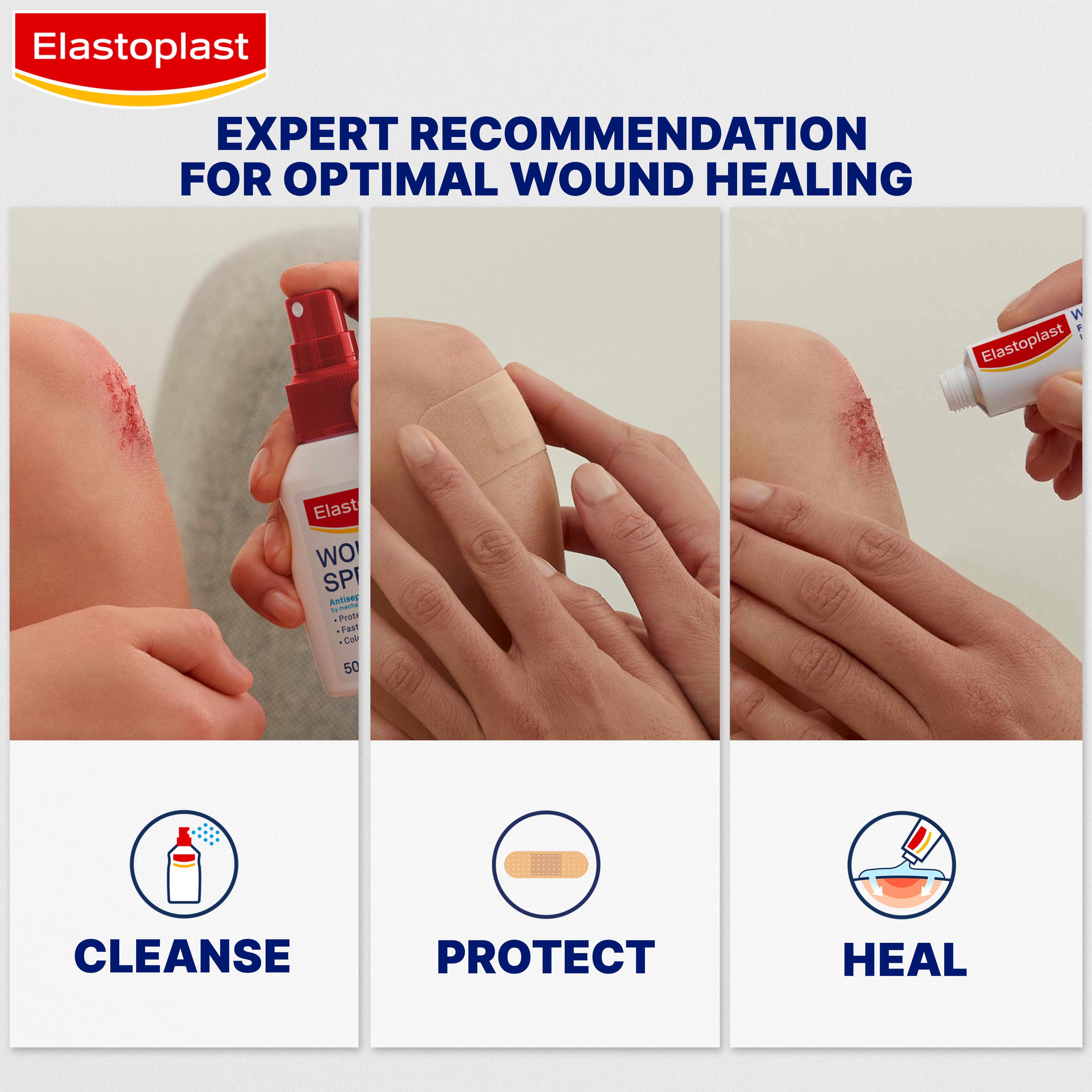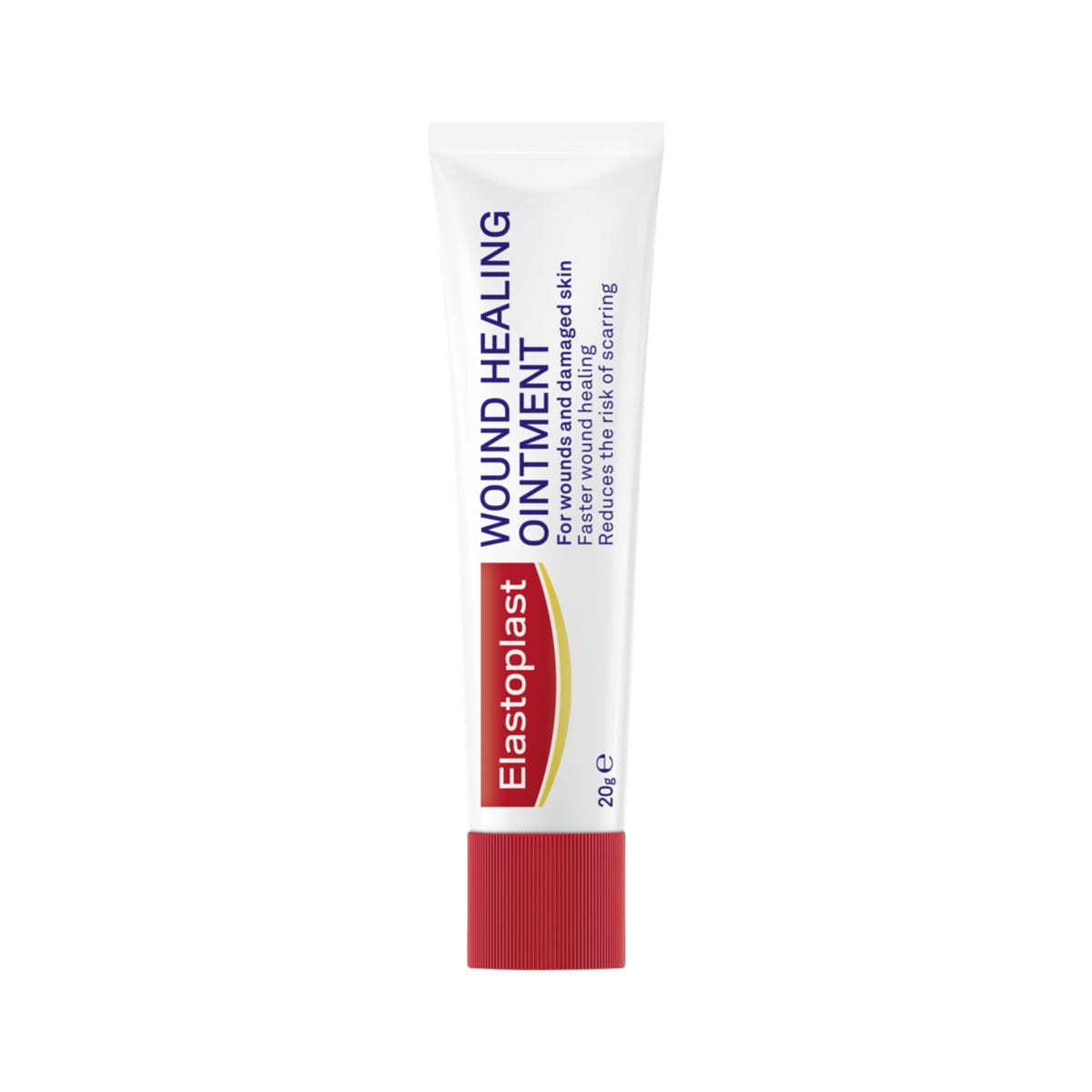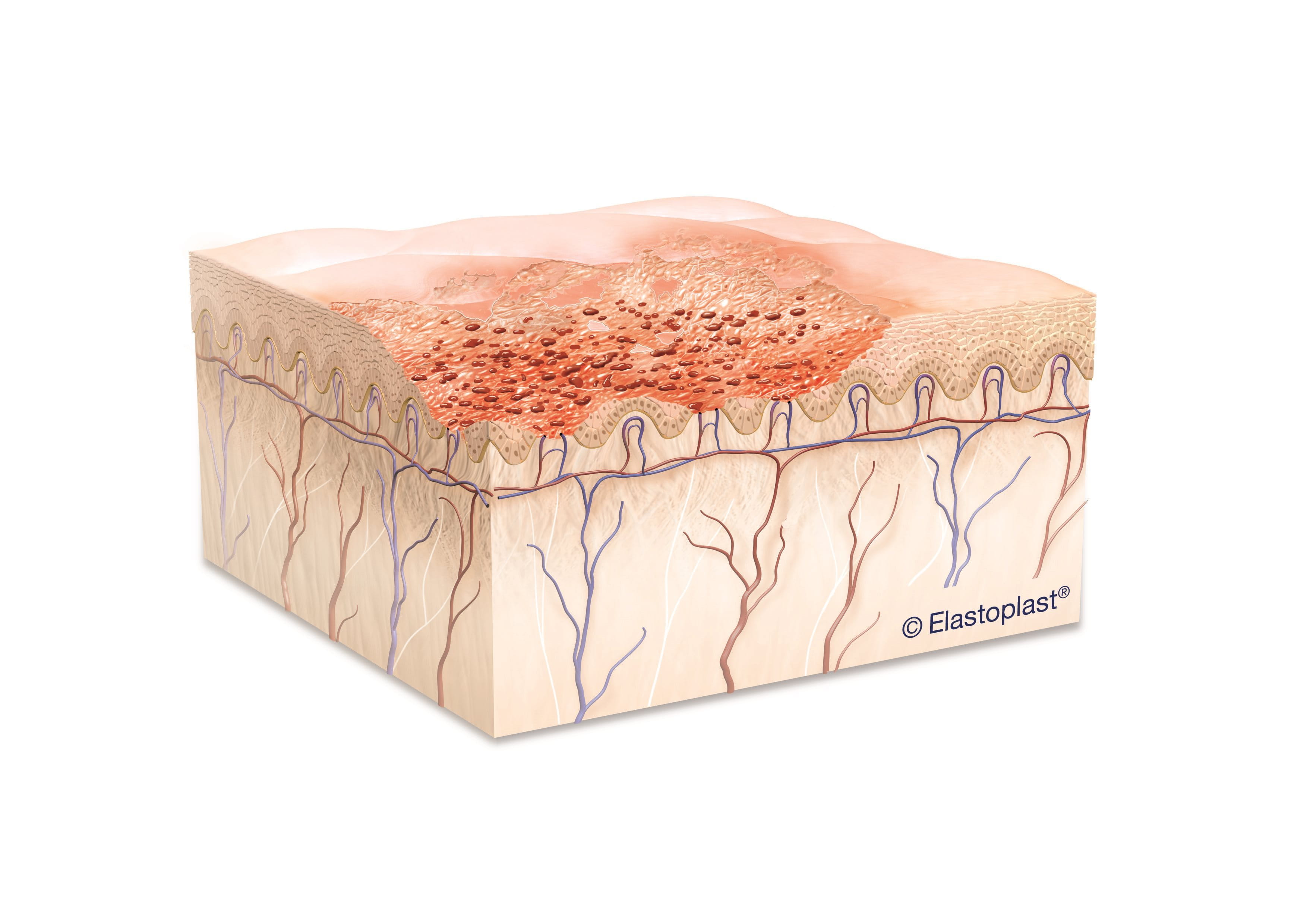Always see a doctor if the wound is deep, bleeds heavily or shows signs of infection like reddening, swelling or warmth. Please note that, although they were compiled with great care, the tips and advice given on this website by no means substitute medical advice and treatment. If you have or suspect a health problem, consult a doctor and follow medical advice, regardless of what you have learned on this website. Always read carefully and follow the instructions for use or the leaflets of our products.
For further information, please contact us via email at Consumer.Relations.UK@Beiersdorf.com




